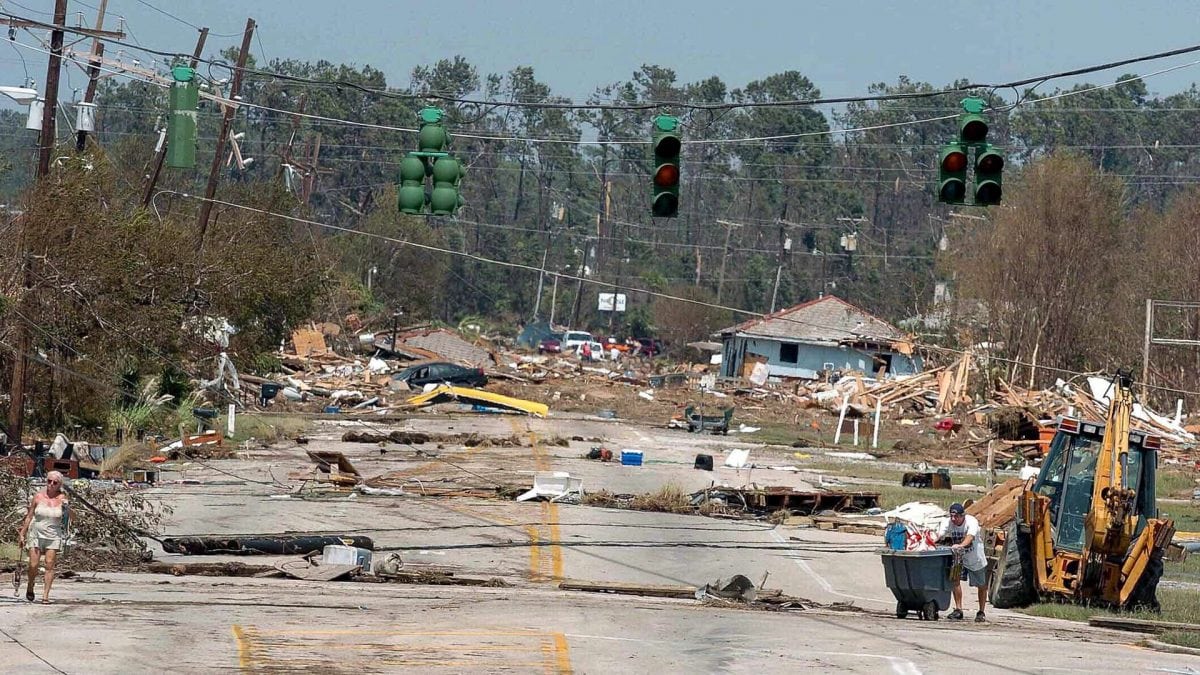
The Cost of Hurricanes
The 2005 Atlantic hurricane season was one of the most devastating in U.S. history with four major hurricanes making landfall in the United States. Adjusted for inflation, Hurricane Katrina — which struck the Gulf Coast 13 years ago this month — cost $165 billion in damages and still holds the record for the most expensive climate disaster, according to the National Oceanic and Atmospheric Administration’s (NOAA) National Centers for Environmental Information.
Other costly hurricanes to hit the U.S. in recent years include:
Hurricane Harvey: The second-most costly climate disaster to affect the U.S., Harvey unleashed a historic amount of rainfall that caused extreme flooding in Texas, which in turn destroyed more than 200,000 businesses and homes and displaced over 30,000 people. The August 2017 hurricane cost approximately $127.5 billion in damages.
Hurricane Matthew: Hurricane Matthew, which barreled along the Southeast coast in October 2016, caused widespread damage from Florida all the way to North Carolina. Eastern North Carolina experienced the greatest impact as 100,000 businesses, homes and other structures sustained damage. The total cost of Matthew’s visit was approximately $10.6 billion.
Hurricane Sandy: This October 2012 hurricane caused widespread damage across multiple Northeastern states, particularly New York and New Jersey, and cost $72.2 billion in damages. Sandy interrupted critical water and electrical services in metropolitan centers and forced the New York Stock Exchange to halt operations for two consecutive business days — something that hadn’t occurred since 1888.
Research published in the journal “Earth’s Future” shows that Atlantic hurricanes will likely become bigger, longer-lasting and more intense due to the effects of climate change.

